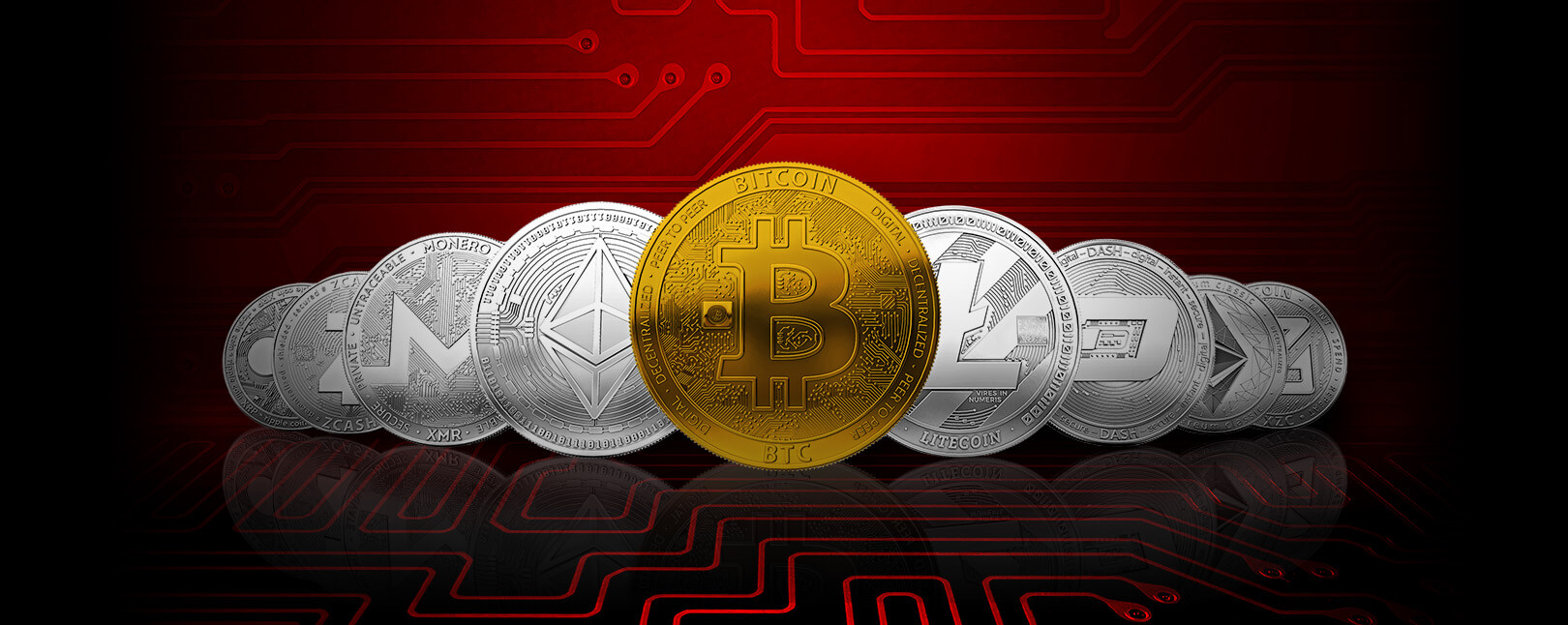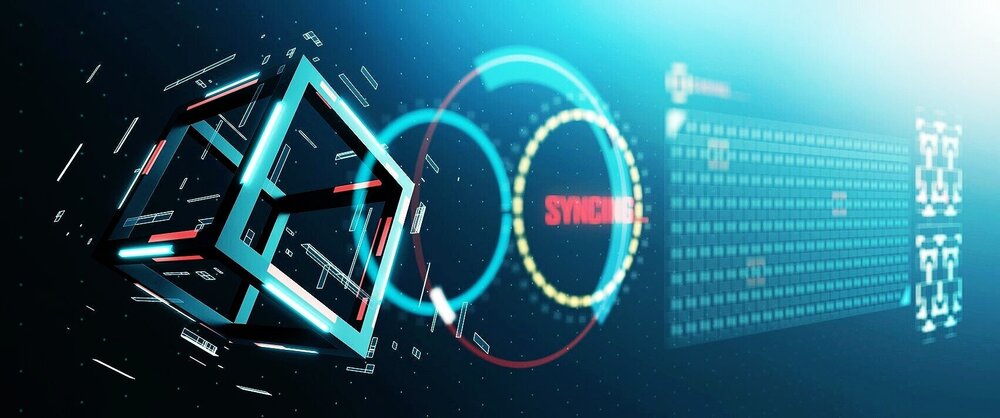
Each second, billions of signals are transmitted between neurons in your brain, making it an incredibly powerful and complex organ. But how does the brain work? How does it decide what to focus on and what to ignore? Although we don’t know all the answers, we do know that the brain uses an information-processing strategy called decentralized cognition to give you the best of both worlds—both fast response times and accurate outputs that change based on new information. In this guide, you’ll learn about the theory of decentralized cognition, along with some examples that illustrate why it’s so important to our everyday lives.
What is decentralized cognition?

Decentralized cognition is a theory of how the brain processes information. According to this theory, the brain is not a single, centralized processing unit. Instead, it is made up of many different regions, each of which contributes to cognition in its own way. For example, some regions are more involved in social cognition while others are more involved in language processing. So when we see someone or think about someone, one region might be activated to process that person’s emotions and another region might be activated for their thoughts. The idea behind decentralized cognition is that these regions are able to work together and collaborate with one another. In other words, they form a network. However, sometimes this collaboration can break down. For example, if the region responsible for our sense of smell is damaged by a stroke then the other regions will have to work even harder to compensate.
In addition, there are times when too much activity can occur in one area and cause problems there. If too much activity occurs at once on the visual processing side then everything becomes blurry because all sensory input is reduced as a result. The decentralized part of decentralized cognition comes from the fact that different regions in the brain don’t always need to communicate with one another. There are certain tasks that require very little cognitive effort (e.g., blinking) and so don’t require communication between two areas. But most things require coordination between several regions before you can complete them (e.g., driving).
The brain’s response to information

The brain is constantly processing information, even when we’re not consciously aware of it. This happens because the brain is constantly trying to make sense of the world around us and trying to predict what will happen next. When we encounter something new, our brains will try to fit it into existing models or create new ones. This process of constantly learning and updating our models is what allows us to adapt to new situations and learn from experience. It also explains why exposure to a small amount of stimuli can have large effects on the way we think about an idea. For example, exposing people to very few pro-life messages about abortion may decrease their support for a woman’s right to choose. Exposure to one strong pro-choice message may cause people to become more supportive of this idea. In fact, some research has shown that brief exposures (as little as 10 seconds) to messages can produce long lasting changes in attitudes and behavior! And these effects are even seen when someone isn’t paying attention to the message. These studies suggest that our conscious minds are heavily influenced by unconscious processes, which is known as cognitive dissonance. Cognitive dissonance occurs when there are inconsistencies between our thoughts and actions, such as if we strongly believe something but behave differently than how we expect ourselves to act. Our brains strive to eliminate these inconsistencies so that we don’t feel anxious or uncertain. One way that our brain eliminates cognitive dissonance is through reaffirmation. A reaffirmation response is when we come up with reasons for why our behaviors don’t matter and reassure ourselves that everything will be ok even though deep down we know otherwise. But just because our brain tries to convince us doesn’t mean it’s successful all the time.
Encoding, storage, and retrieval of data in the brain

The brain is constantly processing information through a series of interconnected neural networks. This process begins with encoding, which is when the brain takes in information from the senses and turns it into electrical impulses. These impulses are then stored in the brain in a variety of ways, depending on the type of information. Finally, retrieval occurs when we need to access this stored information. The brain is able to retrieve information based on cues from the current situation. For example, when we see or hear something that reminds us of another event or experience, our brain retrieves the past memories related to that event. Scientists have found that retrieving memories can strengthen them, making them easier to recall next time they are needed.
It’s clear that memory is an important part of how our brains work; but what about other types of thinking? Recent research has shown that there may be many different parts of the brain involved in problem solving, for example. Recent evidence has also suggested that social cognition may be different than general cognition and vice versa. More research is necessary to understand exactly how these processes work and interact with each other within the brain, but as more information becomes available, we will gain more insight into what makes us uniquely human.
Conclusion – Why does it matter?

The brain is an amazing machine that is constantly taking in and processing information. By understanding how the brain processes information, we can learn how to optimize our learning and memory. Additionally, by understanding how the brain processes information, we can develop better methods for managing and storing information. Ultimately, this knowledge can help us improve our cognitive abilities and help us lead more productive lives. A complete blog post on Decentralization Cognition will be available soon.
If you want to know about any topic, it’s usually a good idea to look at studies conducted by neuroscientists. In many cases, neuroscientists will take scans of someone’s brain while they are doing something specific and look at how their neurons fire and interact with each other during those actions. This helps neuroscientists identify which parts of your brain contribute to particular skills or activities, as well as which parts work together when using different skills or performing various tasks.